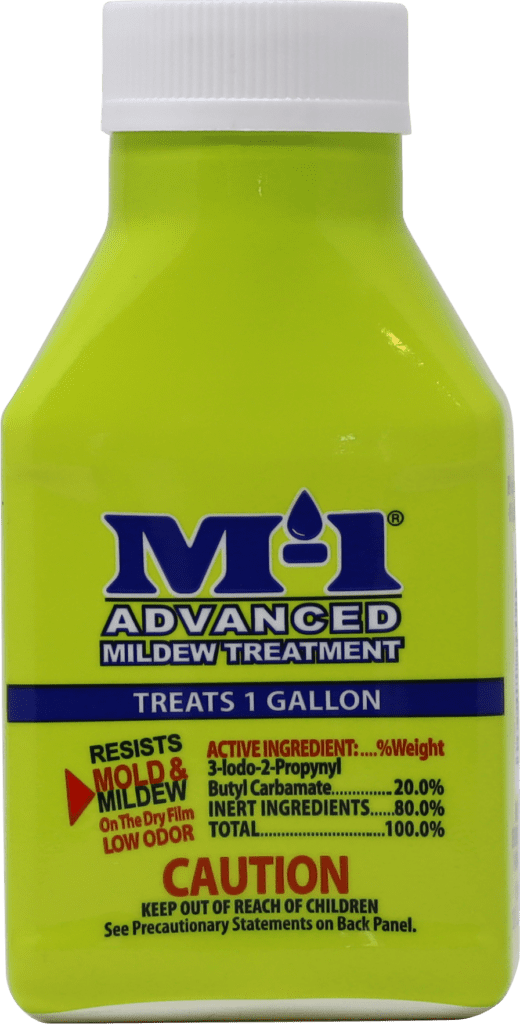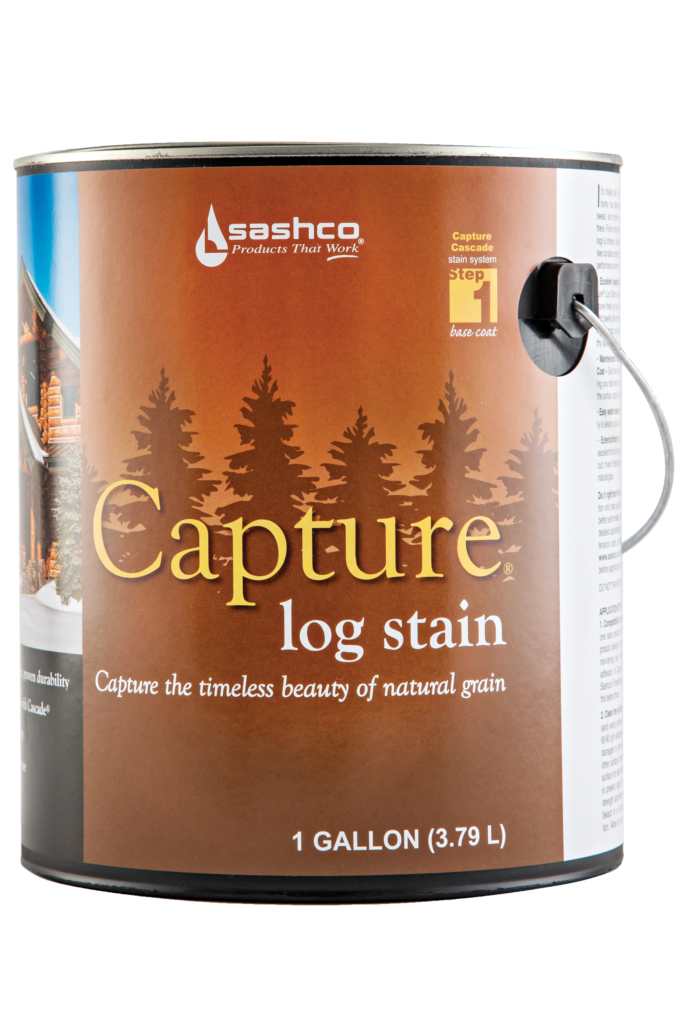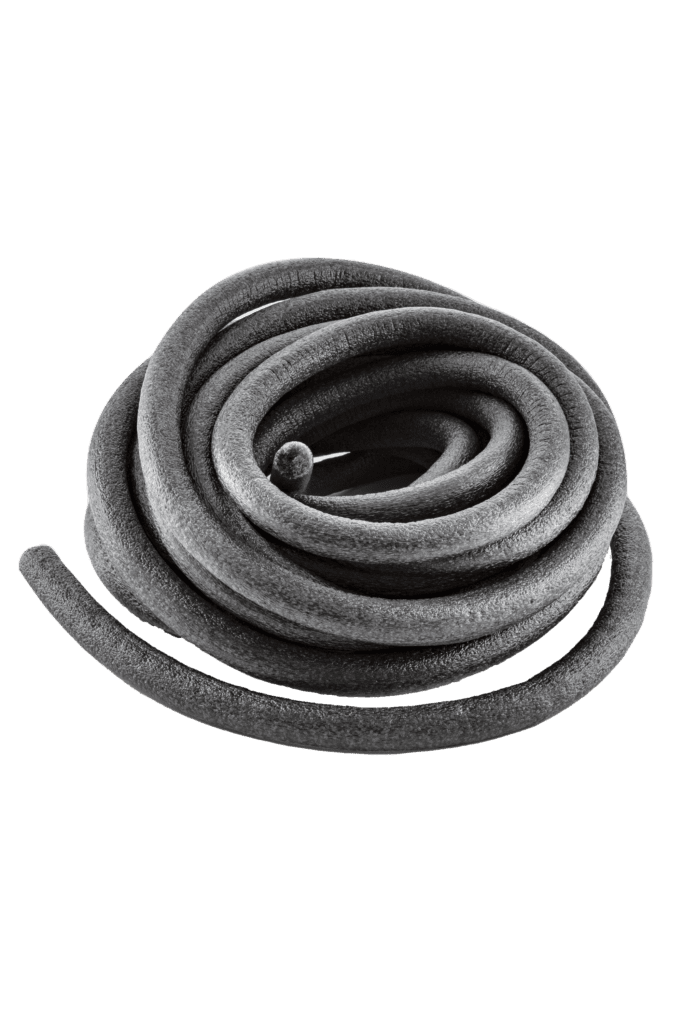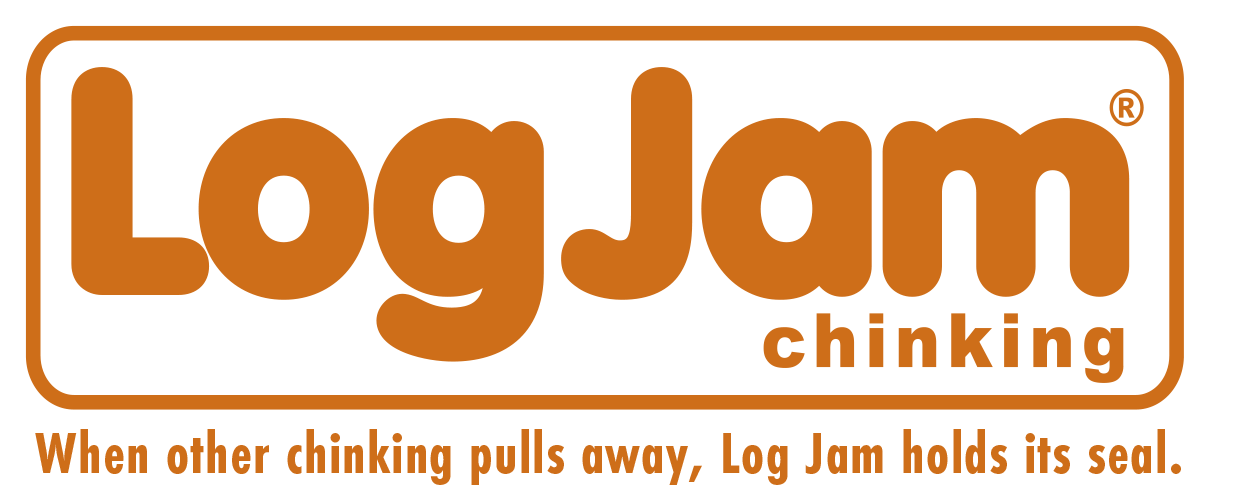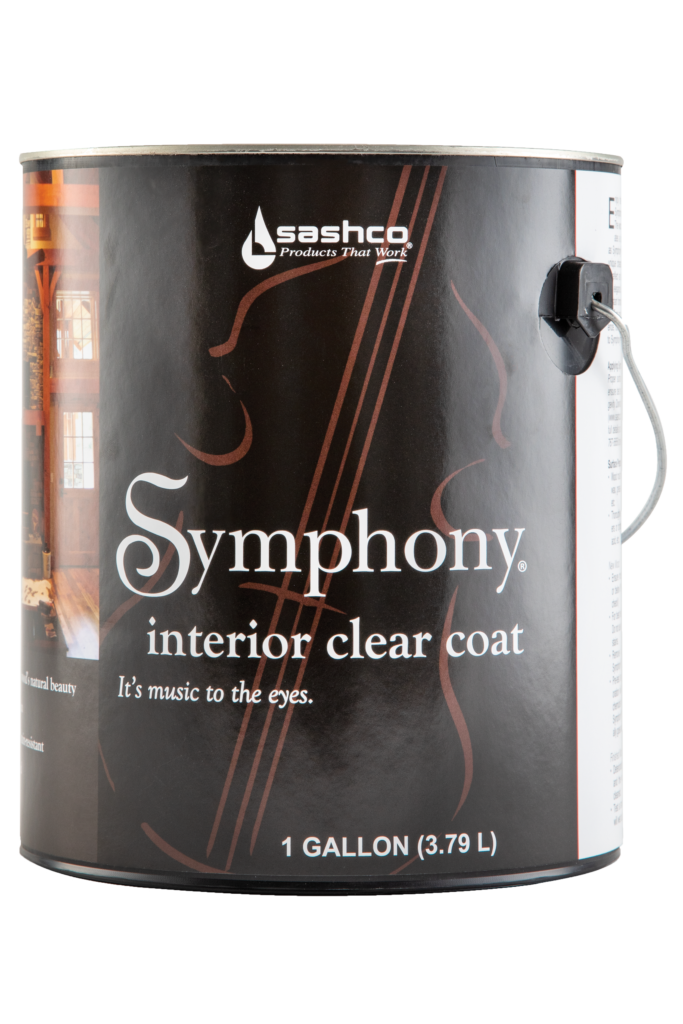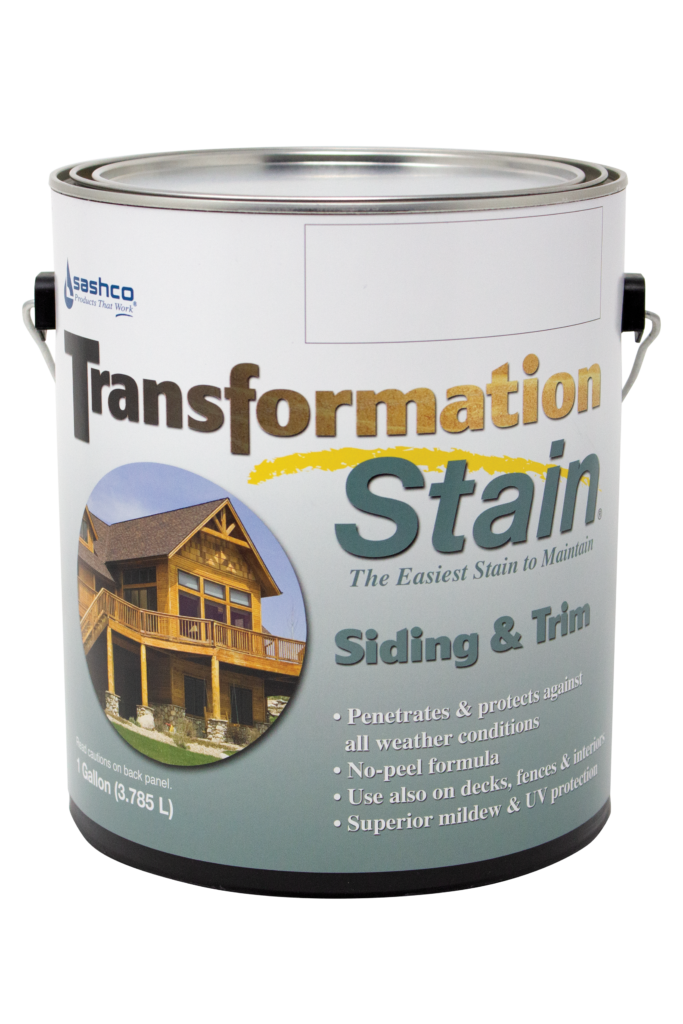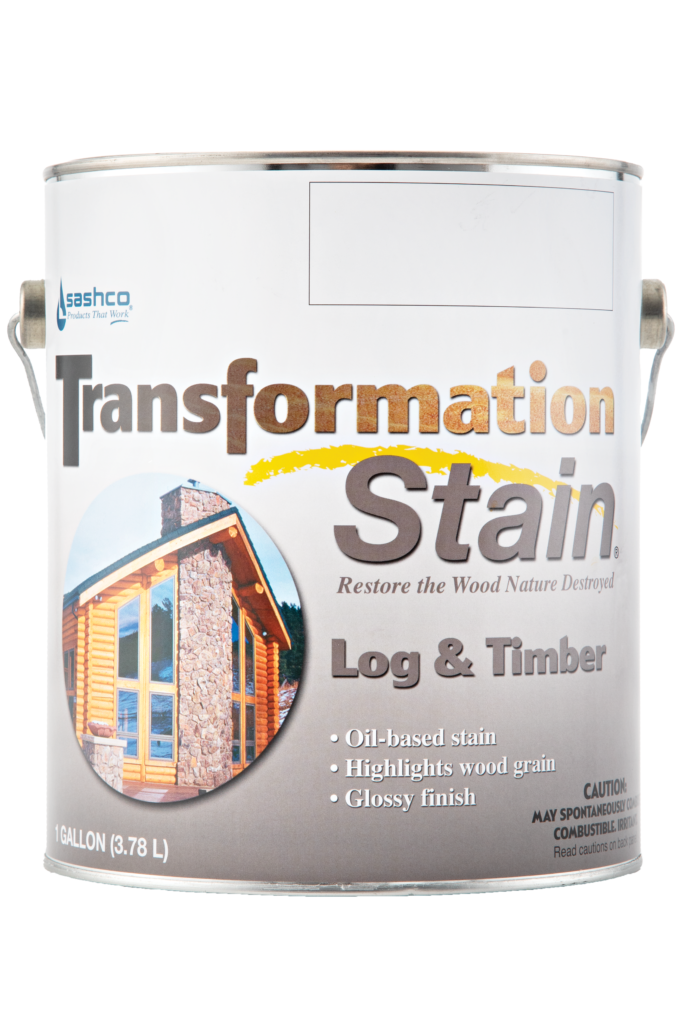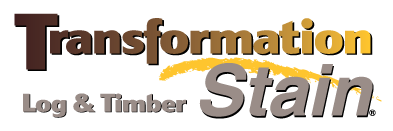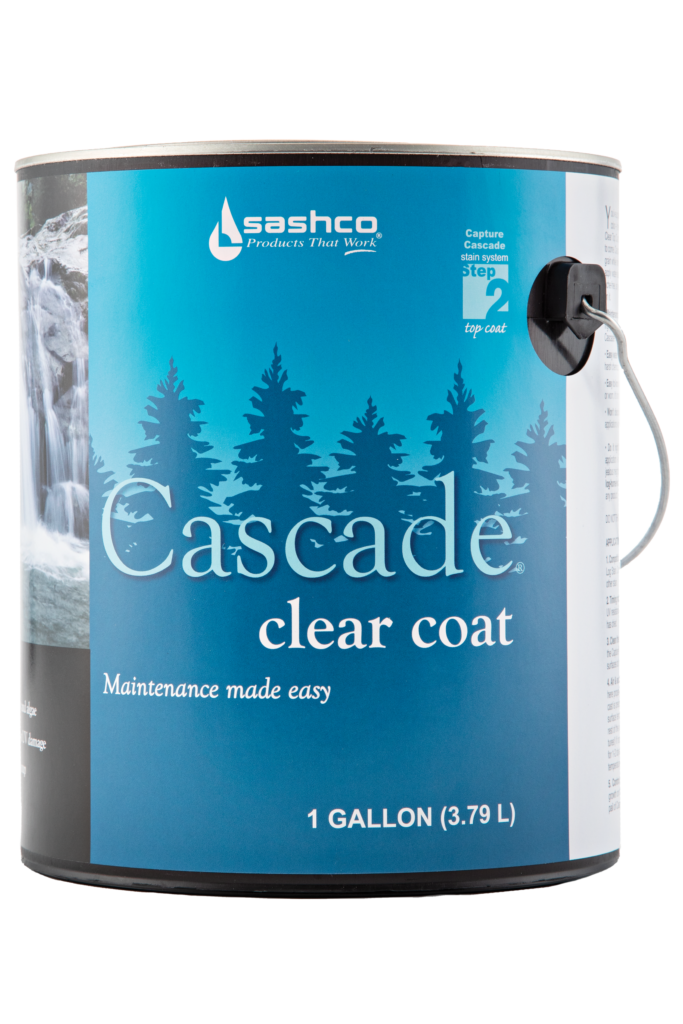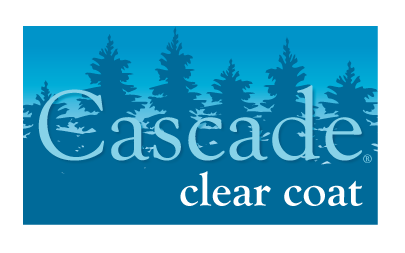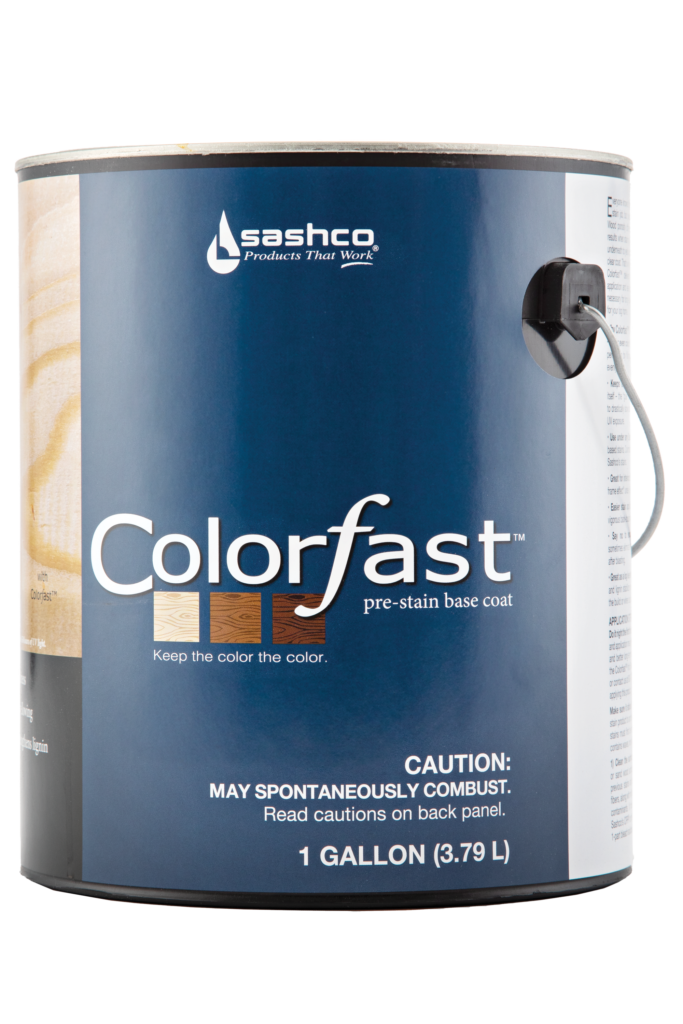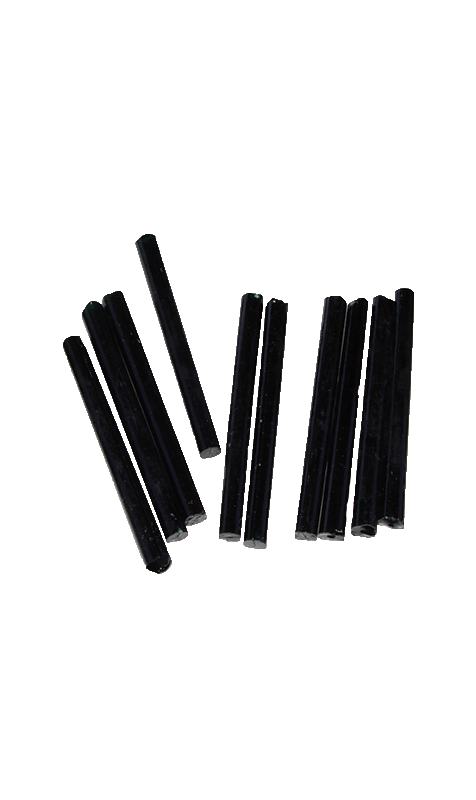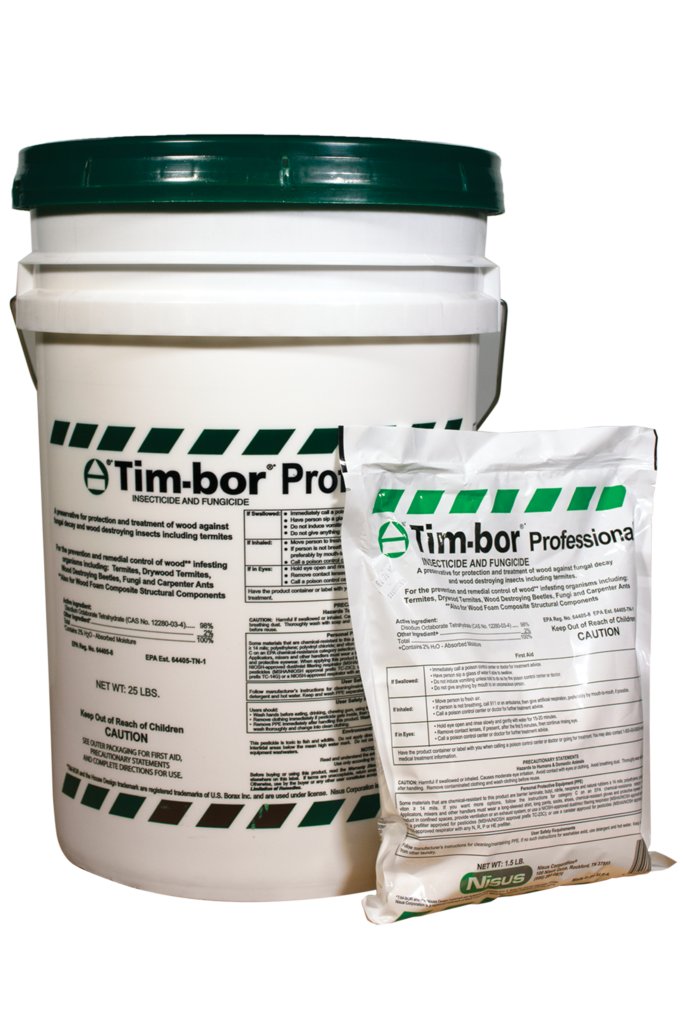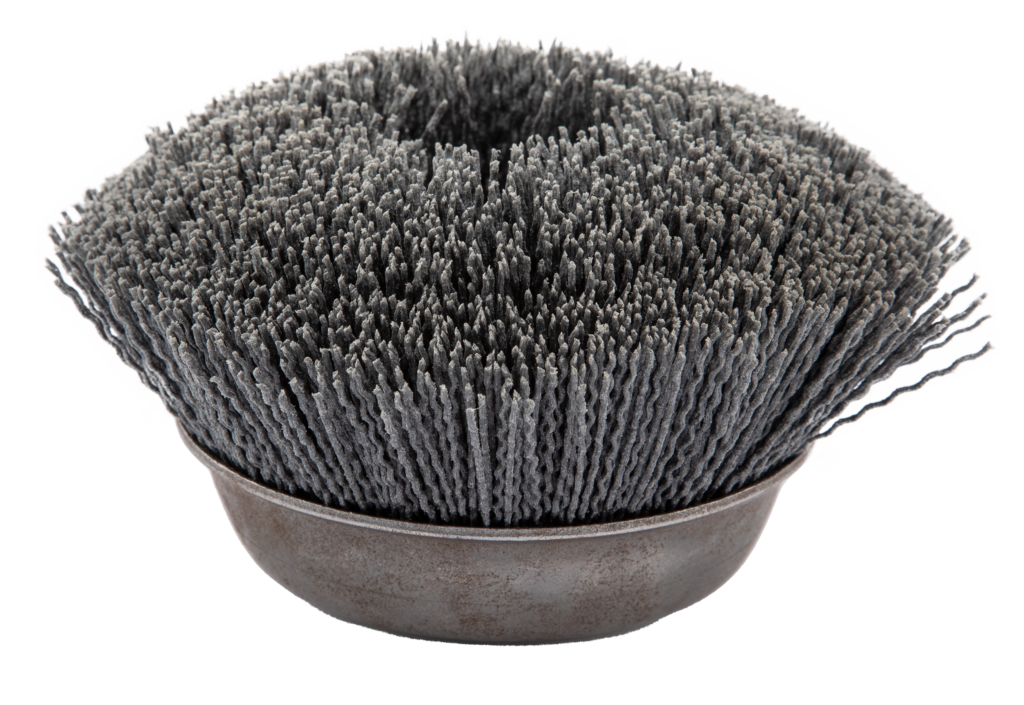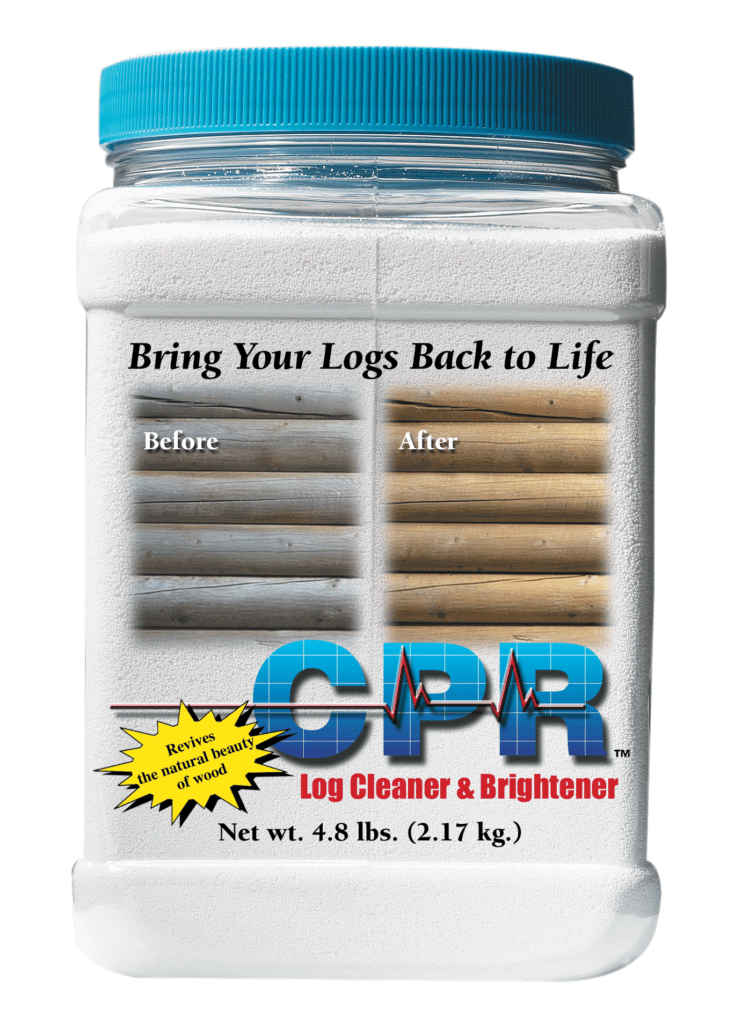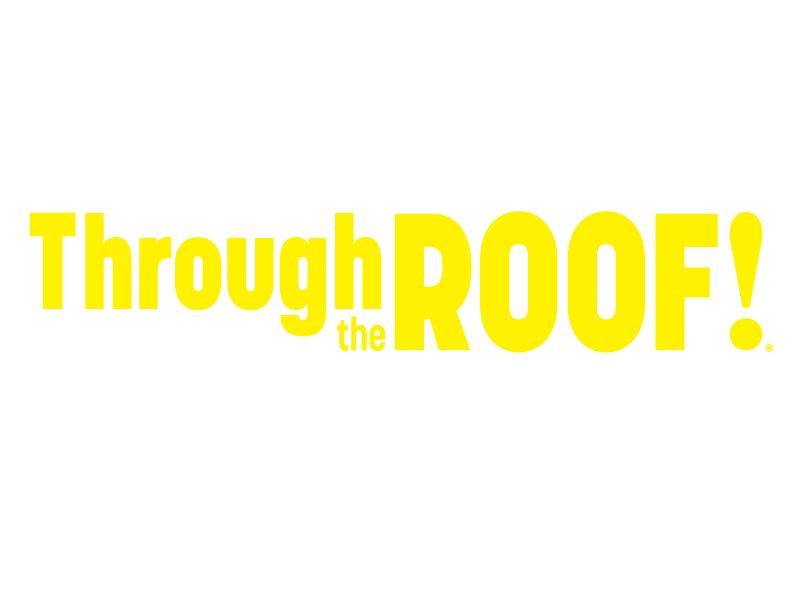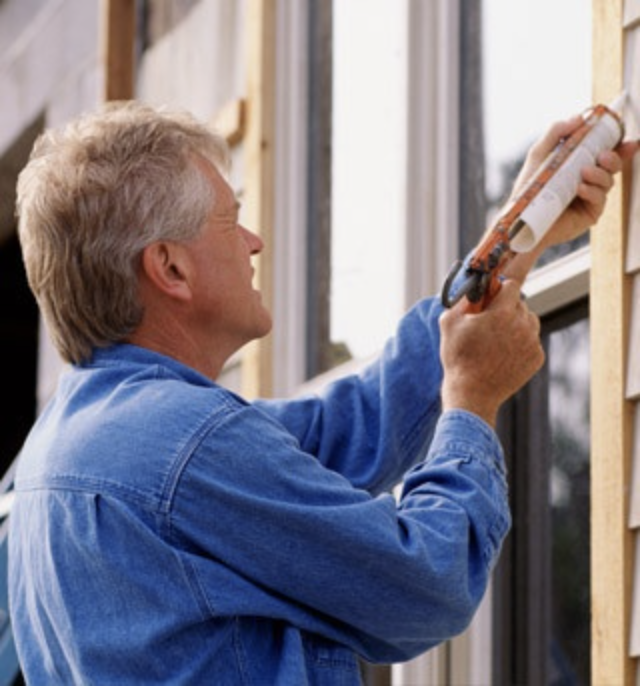
DIY Home Improvement: Making Your Home More Energy Efficient
An energy efficient home is better for both the planet and the pocketbook. Even small steps can save money and increase comfort. Read these DIY home improvement tips for maximum economical and ecological efficiency!
Weatherization
An More Energy Efficient Home Begins with Weatherization
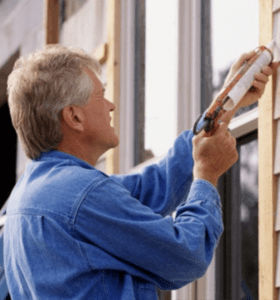
An More Energy Efficient Home Begins with Weatherization
Sealing a Window for an energy efficient home.
Sealing your home with caulk is one of the most simple and effective methods of weatherization. Caulking is a preventative measure that can be done by most homeowners. And it can save on costs that are typically incurred with other approaches to energy efficiency.
Choosing A Quality Caulk
One of the most important steps to creating an energy efficient home begins at the store shelf. It is important to choose a high-quality caulk to achieve the best and longest-lasting results that will save you the most money on your energy bill over time.
High-quality sealants have the following 4 characteristics:
1. Excellent adhesion
Caulk that quickly fails by pulling away from the surface shortly after you apply it isn’t a good use of your time or money. Choose one that will stick and stay over the long-haul.
2. Elasticity
The caulk you select needs to be able to move with changes in temperature, humidity and normal settling.. If it’s too rigid or becomes brittle in the cold, it won’t be able to handle this movement and will crack or split. Stay away from silicone products or products containing silicone – they do not offer either of these important qualities.
3. Appropriate Shrinkage
The less a caulk shrinks, the more likely cracks will be completely filled. But many low-shrinkage caulks are too rigid, dry hard and crack. The more a caulk shrinks, the less material is left to stretch. It will tear down the middle. Most elastic caulks will shrink some, but not significantly. Find that middle ground and you’re good to go.
4. Energy Star Approved
An Energy Star approved product may be eligible for a federal tax credit.
Common Air Leaks
After you’ve purchased a high-quality caulk, take a walk around your home to identify air leaks. You can check for air leaks inside your home by moving your hand around the windows and doors on a windy day. If you can feel air movement, you need to caulk the gap.
Here are some critical areas to seal:
- around doors and windows (inside and outside);
- places where brick and wood siding meet;
- joints between the chimney and the siding;
- between the foundation and the walls;
- around mail chutes (inside and outside);
- around electrical and gas service entrances, phone lines;
- around outdoor water faucets and pipes;
- where dryer vents pass through walls;
- cracks in bricks, siding, stucco and foundation;
- around air conditioners and central air units;
- around vents and fans;
- wherever two different materials meet.
Other areas to consider include:
- joints between walls and floors, and walls and ceilings
- recessed light fixtures
- return air vents
- plumbing stacks
- attic accesses
- and any other surface cracks or gaps around the home
For a caulking primer, please see Sashco’s Caulking 101 page.
Incentives for Energy Efficiency
DSIRE website.


